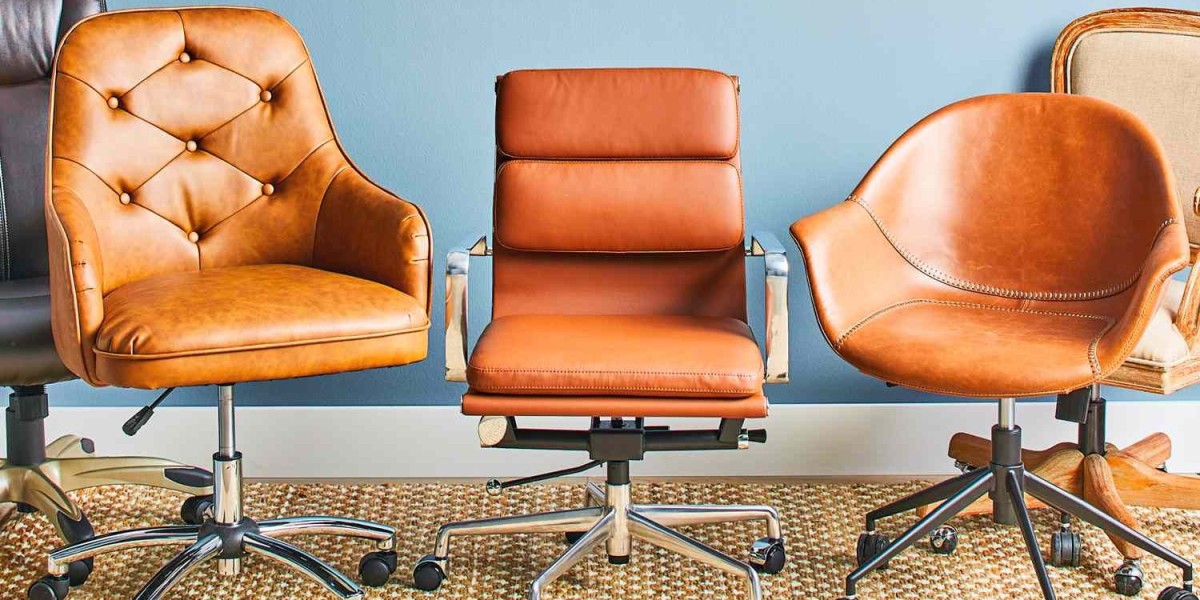Choosing the right office furniture for open-plan and private office setups requires an understanding of how each environment functions and the specific needs they address. The two types of office layouts—open-plan and private offices—cater to different work styles and require furniture that complements their purpose. Here's a breakdown of office furniture considerations for both setups:
1. Open-Plan Office Furniture
Open-plan offices are designed to foster collaboration, communication, and flexibility. The furniture in these spaces should support a dynamic environment where employees can easily interact, share ideas, and move between tasks. Here’s what to consider for open-plan office setups:
Collaborative Workstations
- Shared desks or benching systems: Long, shared workstations or benching systems are common in open-plan layouts, allowing multiple employees to work together in the same space. These promote interaction but need enough space to prevent overcrowding.
- Modular furniture: Modular desks and seating allow for easy reconfiguration. This flexibility is crucial in an open-plan environment where teams may need to shift their seating arrangements based on project requirements or collaboration needs.
Acoustic Solutions
- Acoustic panels and screens: Since open-plan offices can get noisy, consider adding acoustic furniture elements, such as fabric-covered dividers, acoustic panels, or even sound-absorbing furniture. These reduce noise levels and create a sense of privacy within a shared space.
- High-back or semi-enclosed seating: Lounge chairs with high backs or built-in partitions help create quiet zones where employees can focus or hold small meetings without leaving the open environment.
Flexible Meeting Spaces
- Standing meeting tables or high-tops: These encourage quick, impromptu meetings without the need for dedicated conference rooms. Standing desks or high-top tables are also ideal for brainstorming sessions, keeping the energy and creativity flowing.
- Movable whiteboards and mobile screens: These are great tools in open-plan offices. Whiteboards provide surfaces for idea sharing, while mobile screens can help create temporary partitions for meetings or more private conversations.
Collaborative Zones
- Soft seating areas: Comfortable sofas, lounge chairs, and coffee tables create informal gathering spots for brainstorming sessions or casual meetings. These spaces make it easy for teams to collaborate in a relaxed setting.
- Communal tables: Large tables where employees can sit together for shared tasks or group discussions enhance collaboration. These are essential in creative or team-based environments.
Storage Solutions
- Open shelving: In an open-plan setup, storage should be accessible but not intrusive. Open shelving units can serve dual purposes by providing storage while also acting as dividers between different work zones.
- Personal storage lockers: Since open-plan offices may lack designated desks, personal lockers or mobile storage units (that can be moved between desks) allow employees to store their belongings securely.
Hot-Desking or Shared Desking Solutions
- Adaptable workstations: Hot-desking, where employees do not have assigned desks, requires furniture that can accommodate multiple users. Desks with cable management, adjustable seating, and storage for personal items are important in this scenario.
- Universal charging stations: Open-plan offices benefit from universal charging docks or tables with built-in power outlets, so employees can work from any spot without worrying about battery life.
2. Private Office Furniture
Private offices cater to employees who need quiet, focused workspaces, often for executive-level roles or individuals who require more concentration. The furniture in private offices should offer comfort, functionality, and a sense of professionalism. Here’s what to consider for private office setups:
Individual Desks
- Executive desks: In private offices, larger desks, often with more traditional designs, are common. These desks provide ample workspace and a professional appearance, which can be essential for hosting meetings or working on complex tasks.
- L-shaped or U-shaped desks: These configurations offer extra surface area, providing plenty of space for multitasking, paperwork, or technology setups. They also create a more enclosed, personal workspace, ideal for focused tasks.
Comfortable and Ergonomic Seating
- Executive chairs: For private offices, comfort is key. Executive office chairs with high backs, lumbar support, and adjustable features are essential to ensure long-term comfort and proper posture.
- Guest seating: Since private offices often host meetings, consider adding comfortable seating for visitors or clients. Chairs with plush upholstery or stylish guest chairs that match the office’s design can enhance the professionalism of the space.
Meeting Spaces within Private Offices
- Small meeting tables: Many private offices have space for a small meeting table or seating area, allowing for quick internal discussions. Opt for a round table or a compact conference table that can accommodate a few people without crowding the room.
- Lounge chairs: In executive offices, comfortable lounge chairs with side tables can create a more informal meeting space, allowing for relaxed conversations with clients or team members.
Storage and Organization
- Closed storage cabinets: Private offices often require more secure, closed storage options for confidential documents. Filing cabinets, credenzas, or wall-mounted storage units help keep the space organized and professional.
- Bookshelves: Shelving units for books, awards, or personal items can add a personal touch while also providing additional storage space in private offices.
Decor and Personalization
- Decorative furniture: Private offices are often more personalized than open spaces. Adding decorative elements like stylish credenzas, unique lighting, or artwork can make the space feel more inviting and aligned with the individual’s personality or work style.
- High-end finishes: Private offices may feature furniture with higher-end finishes, such as solid wood desks, leather chairs, or glass-top tables. These elevate the aesthetic and project professionalism, which can be important for executive offices.
Privacy and Acoustics
- Soundproofing features: For private offices, acoustics are important. Carpets, heavy curtains, or acoustic panels can help maintain privacy and prevent sound from traveling in or out of the office, ensuring confidentiality during meetings or focused work.
- Door-integrated solutions: Sliding or frosted glass doors can provide a level of privacy while maintaining a modern, airy feel. These types of doors give privacy but still allow natural light to flow through.
Conclusion
The choice of office furniture for open-plan and private office setups depends on the primary goals of each space. Open-plan offices focus on flexibility, collaboration, and interaction, requiring modular, mobile, and versatile furniture that fosters communication and movement. In contrast, private offices emphasize comfort, privacy, and professionalism, requiring furniture that supports focused work, executive presence, and personal style.
By tailoring furniture to these specific environments, businesses can create productive and comfortable spaces that meet the needs of different work styles.
https://www.reddestin.pk/



